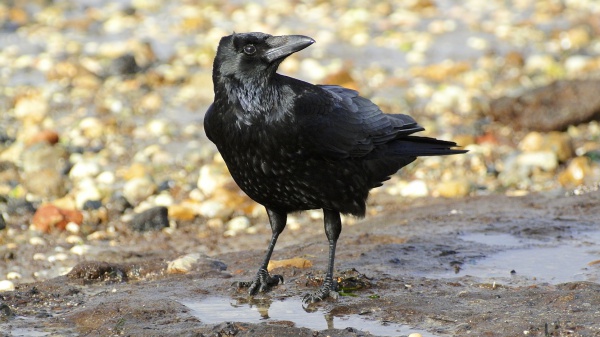Facts About Carrion crow
The carrion crow, a captivating member of the Corvidae family and Corvus genus, is a frequent sight in western Europe and the eastern Palearctic region. Scientifically known as Corvus corone, it was first described by Carl Linnaeus in 1758. The crow features striking black plumage with a green or purple sheen, distinguishing it in size and coloration from its relatives, the common raven and the hooded crow. Interestingly, the territories of the carrion crow and hooded crow overlap in Europe, likely due to historical climate changes.
These birds are not only visually striking but also vocally prominent. You can often spot them perched high, emitting loud calls. Carrion crows are highly intelligent, capable of recognizing faces, distinguishing between numbers, and exhibiting complex behaviors. Their diet is diverse, comprising carrion, insects, fruits, and small mammals. They are opportunistic scavengers, frequently found in human-populated areas.
When it comes to nesting, carrion crows build large, sturdy nests from sticks in tall trees or on cliff ledges. The female is responsible for incubating the eggs, while the male ensures she is well-fed. Intriguingly, young crows from previous years often stay to help raise the new chicks.
Socially, carrion crows showcase strong community behavior. In winter, they form large roosts and collaboratively defend against predators through group mobbing tactics. Although they have few natural enemies, they are occasionally preyed upon by powerful raptors.

 Ireland
Ireland